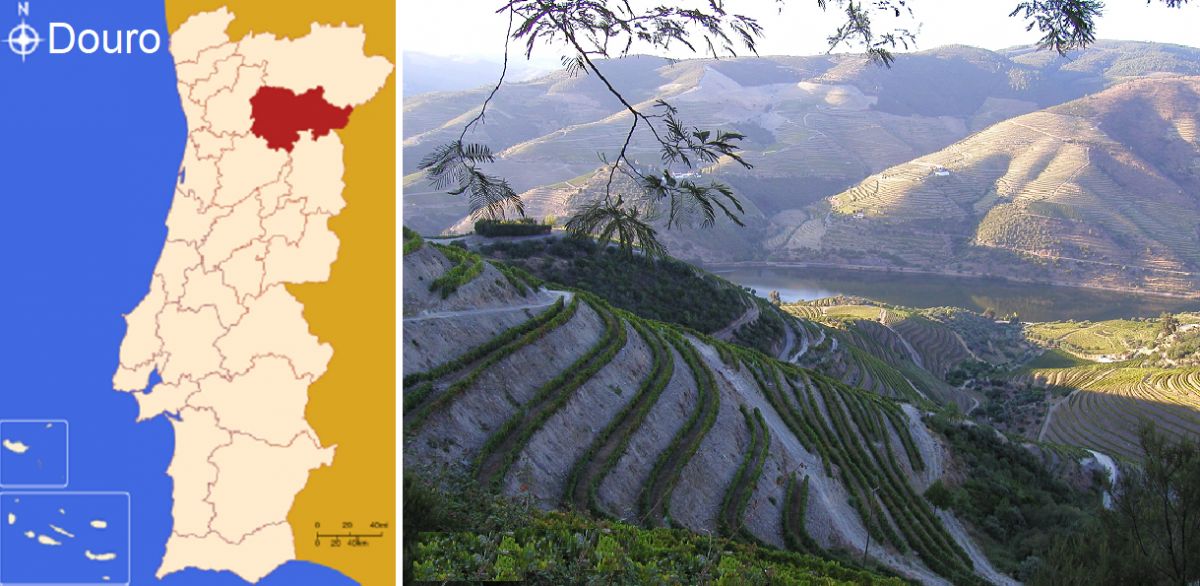Results
2,284 Results
Loading more Results ...
Loading more Results ...
Wine regions in Douro 4 growing regions
Description to Douro
The Portuguese wine-growing region is named after the approximately 900 km long river on whose very steep slopes with extreme inclination the vineyards are located. The river rises in the Spanish province of Soria (Castile-León), flows through northern Spain as the "Duero" and then through northern Portugal as the "Douro", until it finally flows into the Atlantic Ocean near the city of Porto. The river forms the Portuguese-Spanish border for over 100 km. For more than 100 km, the river forms the Portuguese-Spanish border; after that, the port wine region extends just as long in Portugal. The Douro has cut a deep valley into the slate-granite mountains on whose slopes the port wine grows. As early as 1756, under the Prime Minister Marquês de Pombal (1699-1782), in order to protect the authenticity of Port wine, Douro was defined for the first time in its boundaries as one of the oldest origin-protected wine regions in the world and later classified as a DOC area. However, "Vinho do Porto" or "Porto" is not named after its Douro region of origin, but after the port city from where it is shipped. For over two centuries, this applied exclusively to port wine. It was not until 1979 that this was extended to unfortified wines. The success of the famous red wine "Barca Velha" from the Ferreira winery, but later also the "Redomo" from Niepoort and the "Grande Escolha" from Quinta do Côtto contributed to this.

Like all waters, the river has a very positive effect on viticulture or creates the conditions for it by forming valley slopes. It is actually a double appellation, where "Douro = normal wine" and "Porto e Douro = port wine". In 2001, the classic port wine region of Douro (Alto Douro) was declared a World Heritage Site by UNESCO. Of the total area of almost 40,000 hectares, 33,000 hectares are classified for port wine (slate soils) and 7,000 hectares for normal wine (granite soils). However, depending on the quality of the vintage, around half is also processed by the port wine areas as normal wines. The approximately 40 authorised grape varieties are practically the same as for port wine. The recommended ones must make up at least 60%. Wines of non-approved varieties are marketed as country wines (Vinho Regional) under the name Duriense. Many wineries produce both port and regular wines. See a list of known producers under the heading Port Wine.

Map: By Rei-artur - Own work, CC BY 2.5, Link
Douro Valley above: By Bruno Rodrigues, CC BY-SA 3.0, Link
Douro Valley below: Symington



